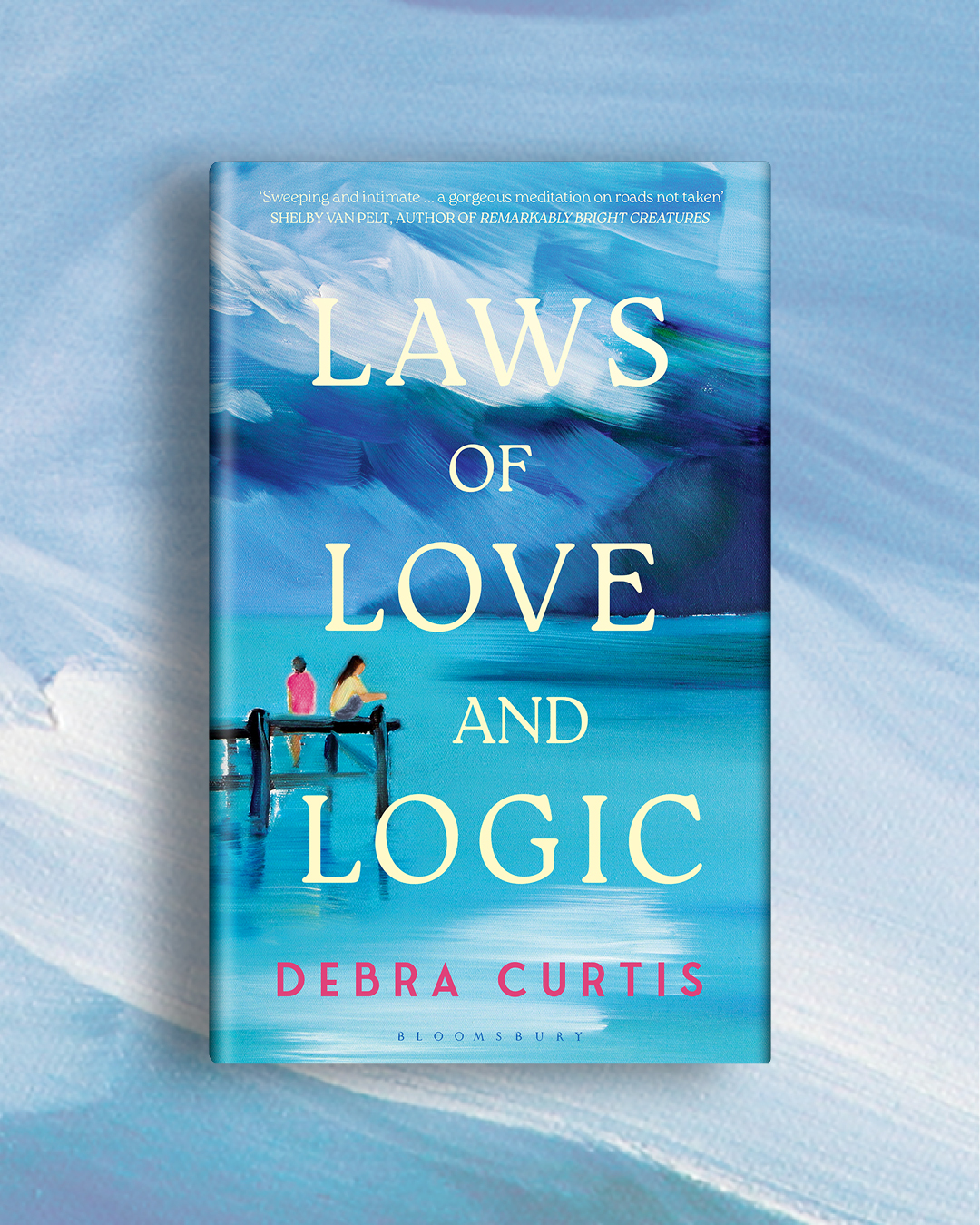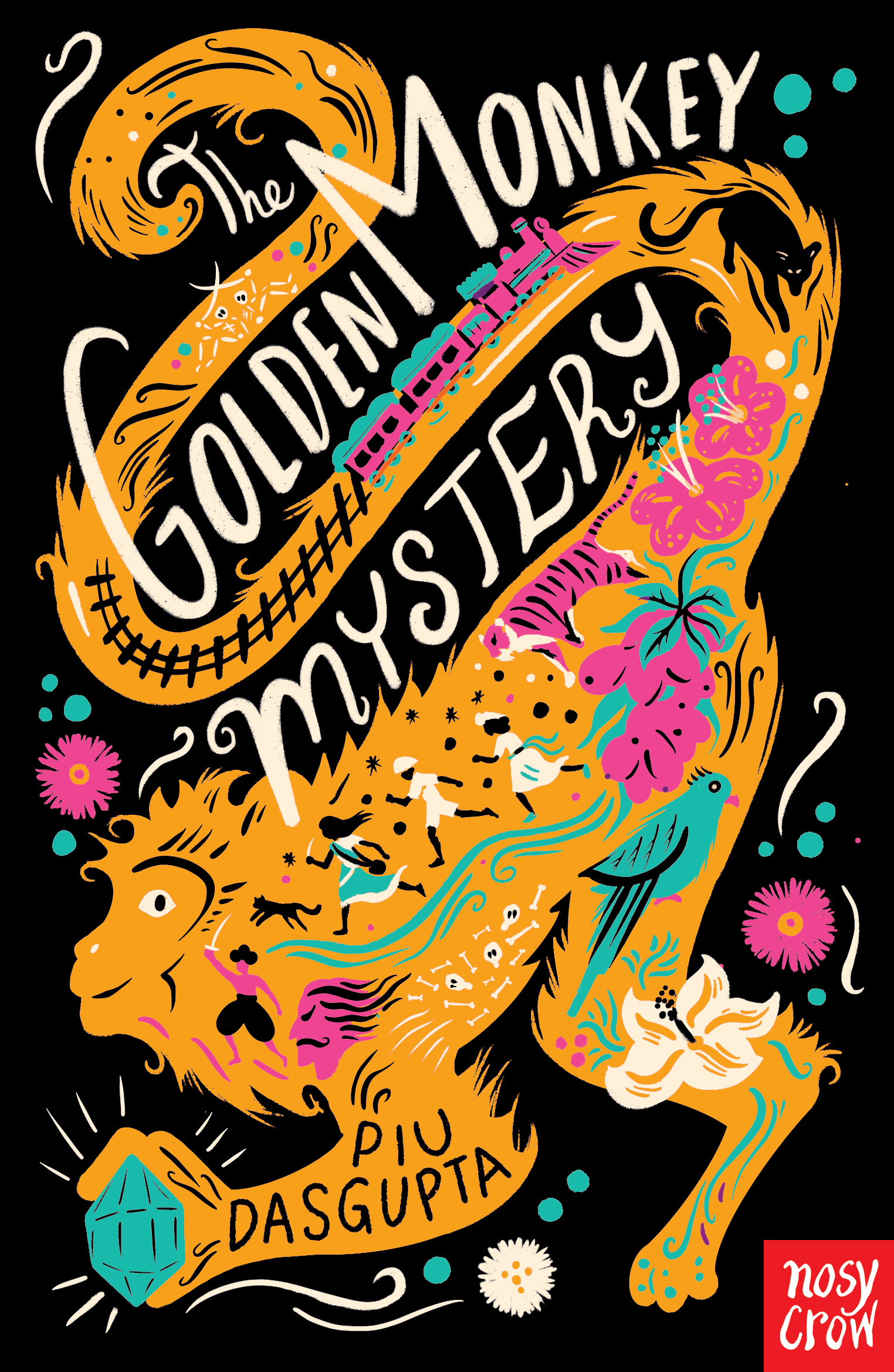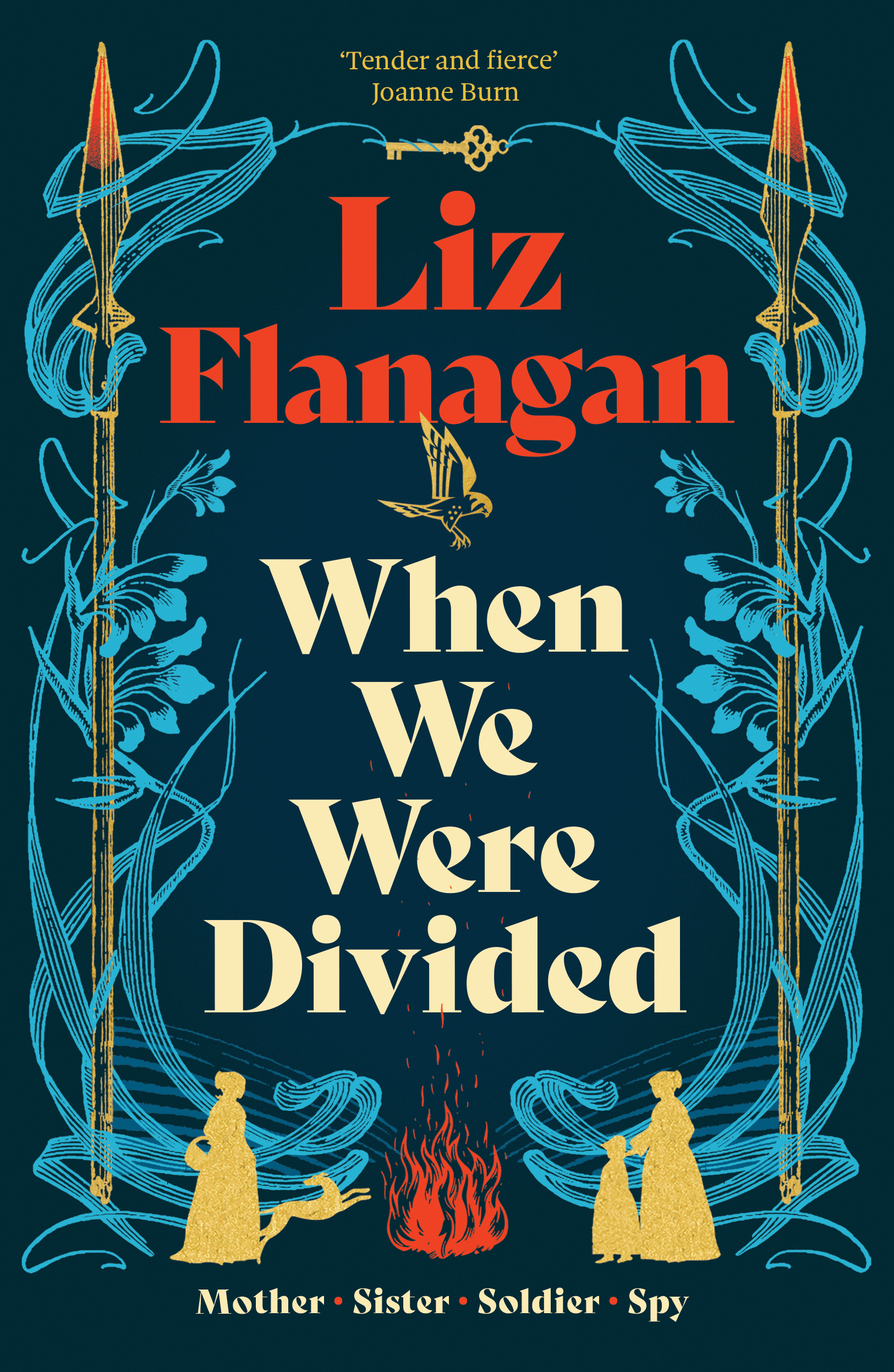Wakenhyrst

As seen:
By Michelle Paver
avg rating
1 review
A Times Best Book of 2019.
‘Paver is one of Britain’s modern greats. This sinister, gothic chiller shows why’ BIG ISSUE, Books of the Year 2019. ""Something has been let loose…""
In Edwardian Suffolk, a manor house stands alone in a lost corner of the Fens: a glinting wilderness of water whose whispering reeds guard ancient secrets. Maud is a lonely child growing up without a mother, ruled by her repressive father.
When he finds a painted medieval devil in a graveyard, unhallowed forces are awakened.
Maud’s battle has begun. She must survive a world haunted by witchcraft, the age-old legends of her beloved fen – and the even more nightmarish demons of her father’s past.
Spanning five centuries, Wakenhyrst is a darkly gothic thriller about murderous obsession and one girl’s longing to fly free by the bestselling author of Dark Matter and Thin Air. Wakenhyrst is an outstanding new piece of story-telling, a tale of mystery and imagination laced with terror. It is a masterwork in the modern gothic tradition that ranges from Mary Shelley and Bram Stoker to Neil Gaiman and Sarah Perry.
TweetReviews
St Just Thursday Evening Reading Group 5th August 2021.
Wakenhyrst. Michelle Paver.
On the whole, this reading group enjoyed Wakenhyrst. ‘An easy read that kept my attention all the way through the book’; ‘I have just finished Wykenhurst in two sittings. I was quite gripped by it and enjoyed it immensely’; ‘absorbing and quite gripping’; ‘a really good read for me’. Some had reservations: ‘story line and the characters were somewhat predictable’; ‘a (slightly unbelievable) portrayal of 'logical' behaviour taken to an extreme’; ‘can recommend it to those who have a reasonably strong stomach’!
The descriptions of the landscape of the Fens, with all the wildlife and folklore of the place, and the ivy-covered house, were especially appreciated. Readers also commented particularly on the depiction of Victorian attitudes towards women and girls still operating in the early 20th century, the callous cruelty of men and the subjugation of women, and how trapped they were by their circumstances and by the social hierarchy. One said she could really feel she was there in that ‘suffocating environment’.
Some people liked the way we learnt about events through Edmund’s journals. Others commented on the different layers in the book: the start in 1966, and the investigation of Maud, who is investigating her father, who is researching Pyett. Several readers said that the story drew them along with the suspense of what happened to Maud and to Maud’s father. One commented that it builds to a ‘fury of violence’. More than one reader also mentioned the Wenhaston Doom, and how they could easily imagine it producing obsession and encouraging strange ideas – a good image around which to weave a story. The timeline, with everything coming together right at the end, was appreciated, and some found the characters very realistic.
The book is described as a ‘mystery’, but the readers found it to be much more than that: it also deals extensively with the treatment of women over the centuries, in a very realistic way; and it can be seen as a study in obsession and the gradual disintegration of a personality. Another comment was that the book gave a special emphasis to ‘how we view evil as external to us not as part of our makeup, the yin and yang of ourselves and how way we balance them’.
A ‘Gothic novel’ was not to everyone’s taste; some also thought it a bit on the academic side, with possibly a slow start, and a translation of the Latin passages would have been welcome. The basis of a good film script, was another comment – plenty of visually dramatic moments.
This book was read during July 2021 and the continuing restrictions due to the Covid-19 virus, and so the discussion was not 'live' as usual, but took place via a Facebook group, email and telephone conversations.



